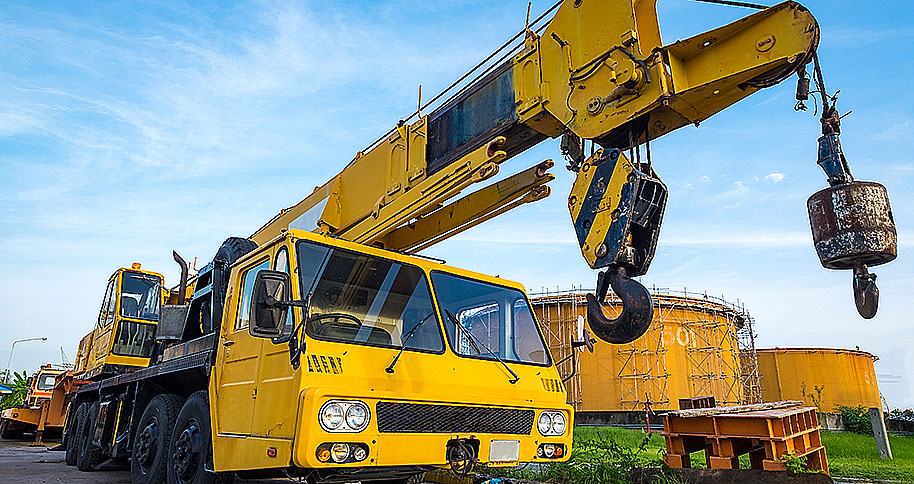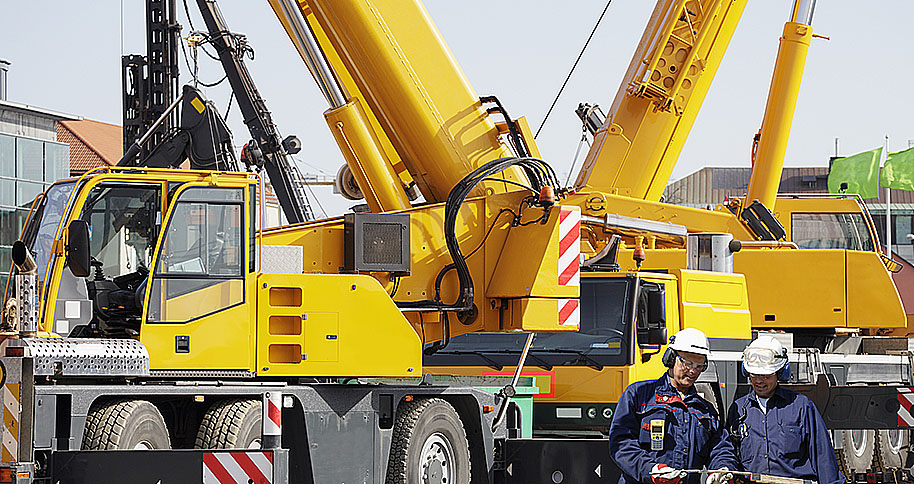Safety is the most important aspect of rigging and heavy machinery moving. You must be using proper lifting techniques for each lift and have a completely laid out plan for how the job will be done. Moreover, everyone on the team should clearly know their part in the job. For safe rigging, be sure to follow the rigging best practices.
Determine The Roles Based On Certifications And Experience
Rigging involves heavy equipment and a good workforce to make sure the rigging equipment is used and operated correctly for lifting and moving loads.
The tasks must be performed by qualified and certified people to ensure maximum safety. So, hire the right people and assign them roles according to their skills and experience. Make sure everyone knows their responsibilities and no one is overworked.
Choose The Right Rigging Gear
When selecting slings and rigging hardware, you should consider their Working Load Limit (WLL). It is the maximum amount of weight or force that hardware can support. Putting more mass on the gear than it WLL can lead to cracks, breakage, and accidents.
Bear in mind that WLL should be consistent for all the rigging gear. If all the hardware is with higher or required WLL, but the shackles have lower WLL, the risk is the same if all the hardware had the same WLL as the shackles. Therefore, determine the WLL required for the job and make sure that each and every gear has the same or higher WLL.
Select The Right Sling And Sling Hitch Type For The Task
Different tasks and loads require different approaches and sling types. When planning for the lift or move, determine which task requires which type of sling and sling hitch for the best support during the lift.
- Vertical Hitch: It’s a straight vertical sling where one end goes to the hook and the other to the load. As there is no twist, you’re using the full lifting capacity of the sling. When using a vertical hitch, make sure you’re using multiple slings because one sling can rotate or twist.
- Choker Hitch: One end of the sling goes around the load and its looped end goes through the sling. The other end sticks to the hook. A choker hitch is used for round loads, but you should never use it for a load that has different items loosely tied. Moreover, the sling should be long enough so the choke is on the sling.
- Double-Wrap Choker Hitch: It uses the same technique for lifting the load. However, there are two straps for better support which is required for longer or heavier loads. It prevents the load from slipping out of the sling.
- Basket Hitch: Similar to a basket handle, the sling goes through the load while both eyes or loops of the sling are attached to the hook. You can use multiple slings depending on the load’s mass and dimensions. However, never use this type of hitch for loads that are difficult to balance.
Determine The Total Weight Of The Load
Identifying and knowing the weight of the load is a given in the rigging industry, so don’t forget to determine it. This will enable you to use the correct equipment and strategies for lifting the load. When determining the load, factor in the weight of the hardware, slings, and other devices.
Inspect Your Hardware
The hardware you will use for the lift must be free from any damages, cracks, gouges, or deformations. Therefore, an inspection is required to ensure that the condition of the hardware is safe for use.
Inspect Your Slings
Follow the common standard for the inspection, testing, and other aspects of lifting slings. You must inspect the slings and identify any damages. This can avoid accidents and keep everyone on the site safe.
Make Sure The Load Is Secure And No Obstructions Are Around It
The load should be tied or packed correctly. If it’s a one-piece load, ensure that it doesn’t have cracks or is not damaged. Moreover, check the area around the load and remove obstructions that could interfere with the lifting process.
Conclusion
Rigging requires planning and the use of the correct equipment. The task of moving heavy items should be done by rigging services MD that have the skills and experience to perform the job safely.


